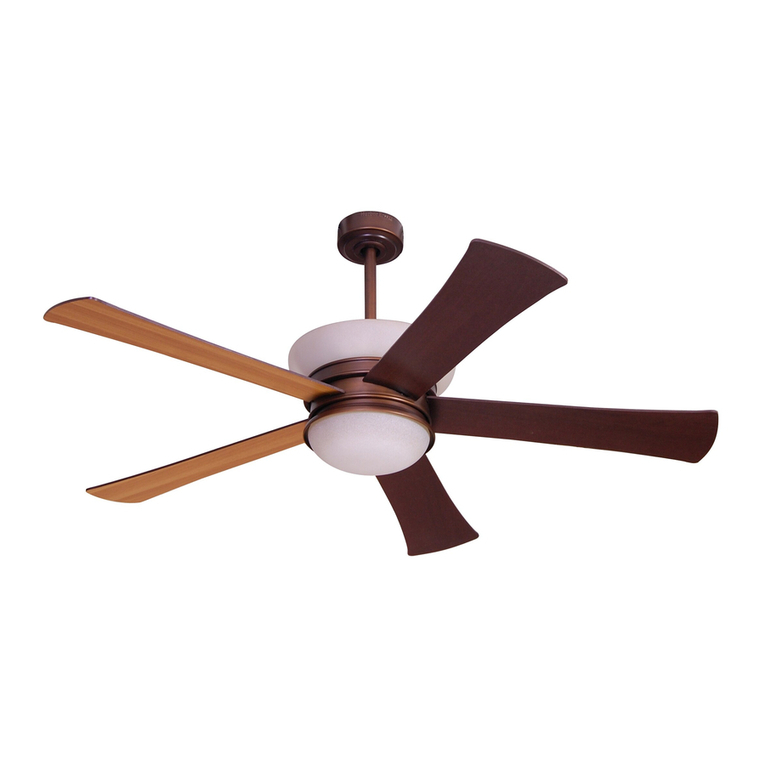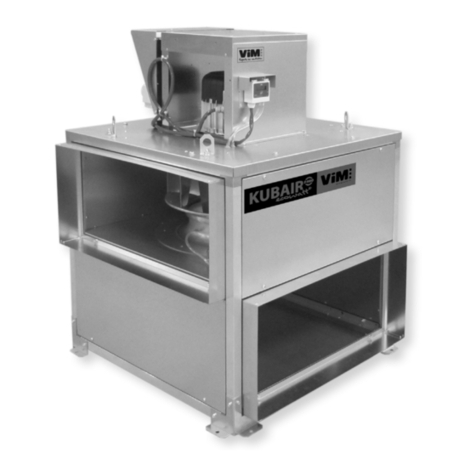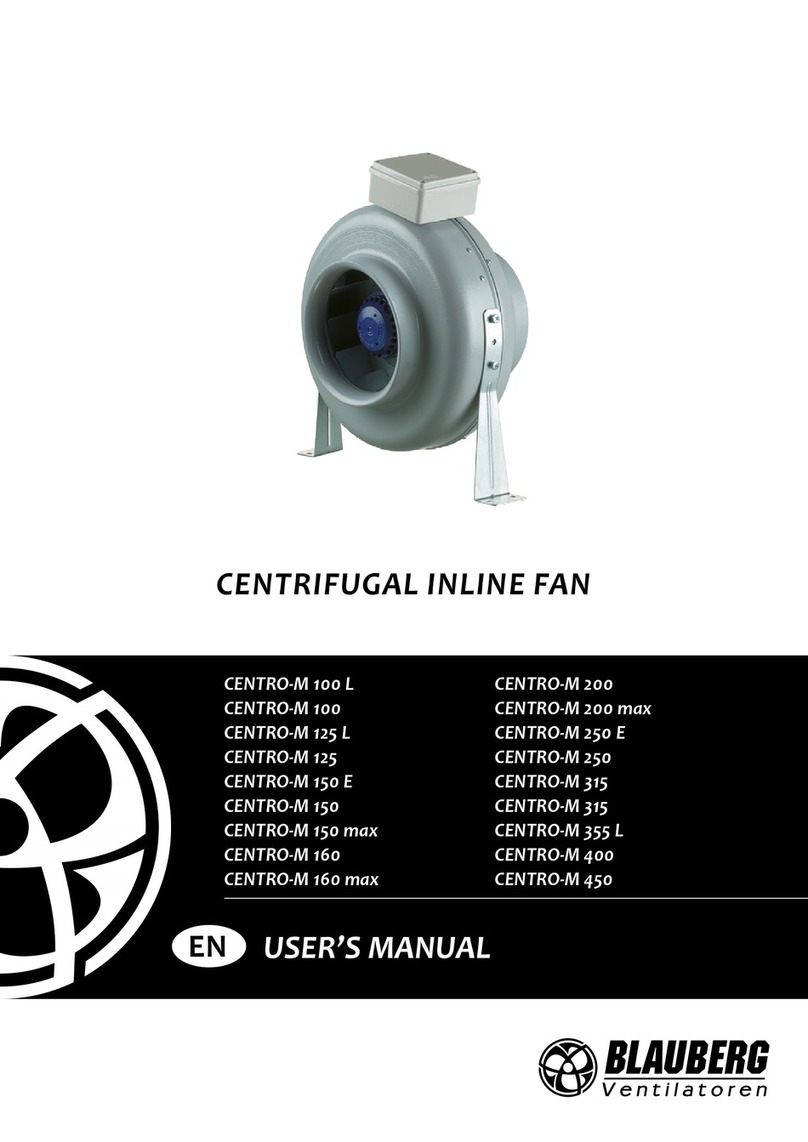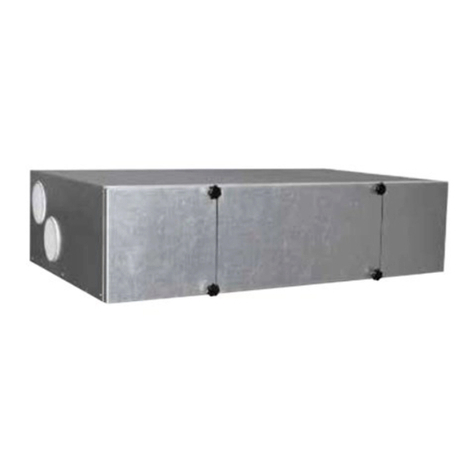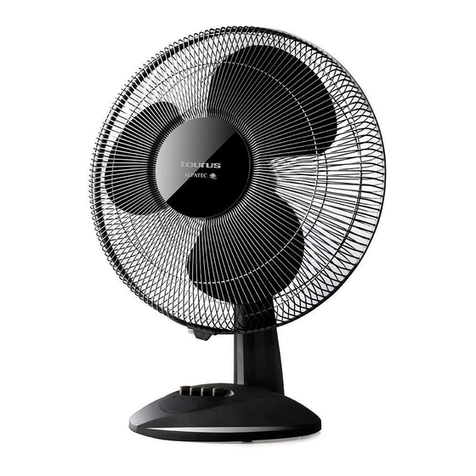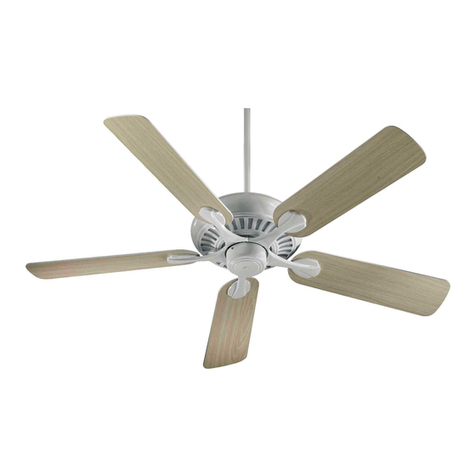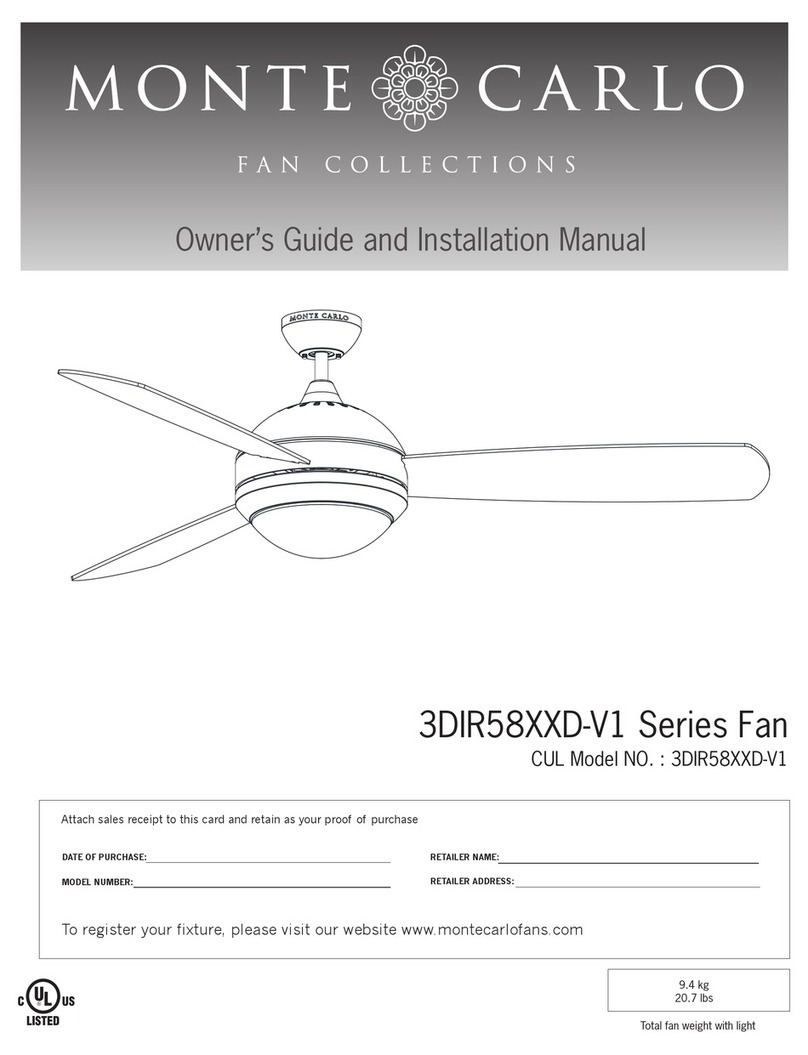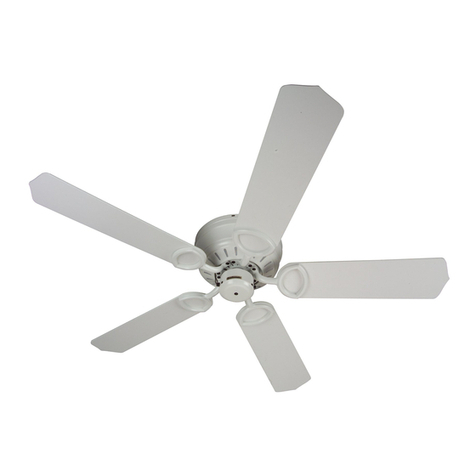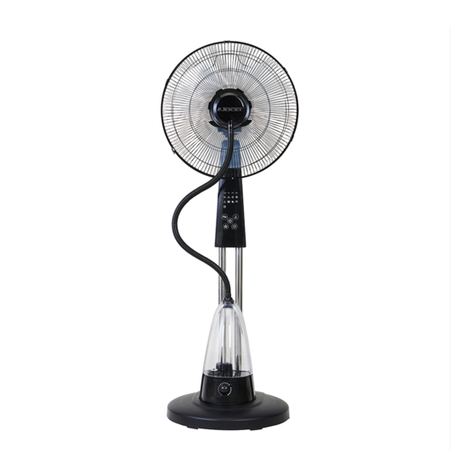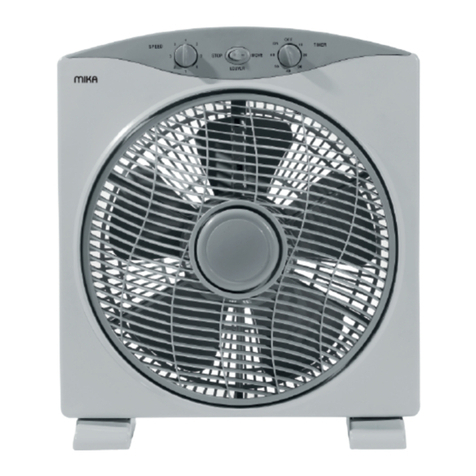
8
DEHUMIDISTAT OVERRIDE SELECTION
In the operating modes MIN, MAX, 20 min/h and RECIRC, the user can select a dehumidistat
override so that if the relative humidity (RH) in the house exceeds the RH setting previously stored,
the ventilation unit will exchange in high speed until the target indoor RH setting is reached.
An air exchanger is not a dehumidifier, but it can change the indoor relative humidity by bringing
in drier or more humid air from outdoors during non heating season. The dehumidistat override
function is useful to reduce indoors RH when the outdoor air is cool and dry during the heating
season. Select a target RH between 30% and 55% according to your comfort. When outdoor
relative humidity is high (e.g. in summer), turn off the override by pressing OK until the RH display
disappears.
When the dehumidistat override is activated, the AUTO indicator will appear on
LCD screen to show that the actual mode is being overridden. Also, the relative
humidity appears (if it was not shown, see example at left). Once the target humidity
level is reached, the unit goes back into its original operating mode and AUTO
disappears from LCD screen.
NOTE: If the actual mode is MAX, only the relative humidity level appears on screen; AUTO label
will not appear.
To engage the dehumidistat override, press OK. The actual indoor RH and the %HUM label appear
on LCD screen.
NOTE: If the actual RH is less than 20%, then the humidity indicator will display “LO”, and if the
actual RH is greater than 80%, then the humidity indicator will display “HI”.
To turn off the dehumidistat override, press OK again. The RH and %HUM display will disappear
from LCD screen.
MAINTENANCE INDICATOR
The maintenance indicator is represented by an M in a rounded
triangle, at the top of the house (see at right). If this indicator is
flashing, perform the regular maintenance (3 months), and if it is not
flashing, perform the annual maintenance (refer to Section 3).
AND
Resetting Maintenance Indicator: Press simultaneously on both arrow buttons,
Maintenance indicator will disappear from LCD screen.
POWER FAILURE
After a power failure, the wall control returns to its previous operation mode. All settings are kept in
memory.
2.2 DTG Main Control (cont’d)
2. Controls (cont’d)

